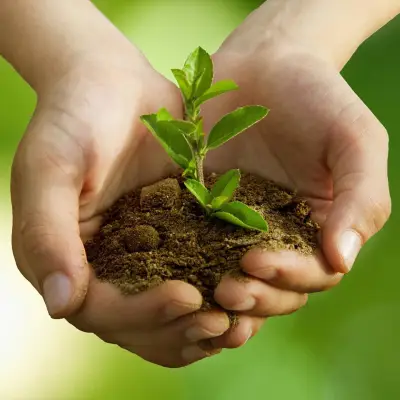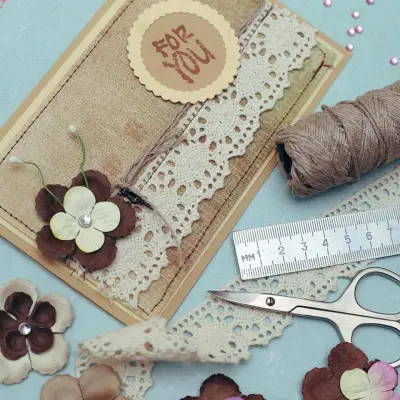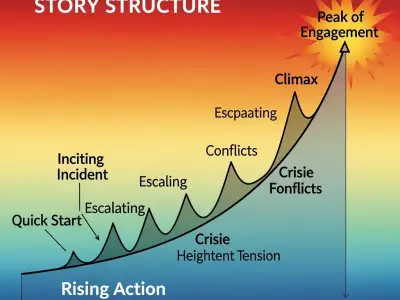Gardening is a delightful way to connect with nature and contribute to the well-being of our planet. Whether you have a sprawling garden or a modest balcony space, adopting eco-friendly gardening practices can make a significant difference.
In this post, we'll explore various ways to create a sustainable garden, focusing on eco-friendly garden ideas, sustainable planting, and making your garden a haven for wildlife and sustainability.
Jump to:
What is Eco-Friendly Gardening?
Eco-friendly gardening, or eco-gardening, is about creating a garden that lives in harmony with nature. It involves practices that support biodiversity, reduce waste and pollution, and conserve resources. An eco garden is not just about the plants you choose but also about how you design, care for, and interact with your garden.
Why Sustainable Gardening Matters
Sustainable gardening encompasses a holistic approach to how we view our outdoor spaces. It's about choosing sustainable garden solutions that benefit the environment, wildlife, and well-being. Sustainability in the garden helps to combat climate change, supports local wildlife, and promotes a healthier ecosystem.
Eco-Friendly Garden Ideas to Inspire You
Ready to get your eco-friendly garden blooming? Here are some tips to get started:
1. Start with Sustainable Planting
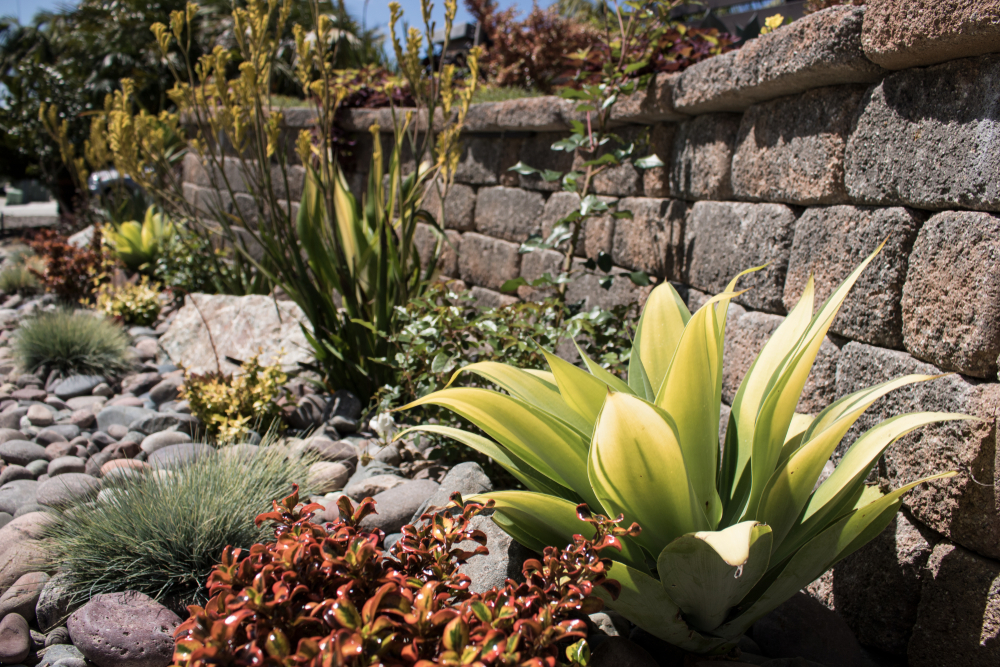
Choosing the right plants is essential for creating an eco-friendly garden. Select plants that are in harmony with your local environment to reduce the need for external inputs like water, fertilisers, and pesticides.
Why Go Native?
Native plants are the foundation of sustainable planting. They've adapted over thousands of years to thrive in your local climate and soil conditions, making them incredibly resilient and low-maintenance. By choosing native plants, you also provide essential food and habitat for local wildlife, supporting biodiversity in your area.
Eco-Friendly Plants:
Aside from native plants, look for species known for their environmental benefits. Drought-tolerant plants, for instance, require less water, making them ideal for sustainable gardening. Perennials are another great choice, as they come back year after year, reducing the need for replanting.
The Benefits:
- Reduced water usage and lower maintenance.
- Minimised need for chemical fertilisers and pesticides.
- Enhanced support for local wildlife and biodiversity.
2. Welcome Wildlife into Your Garden
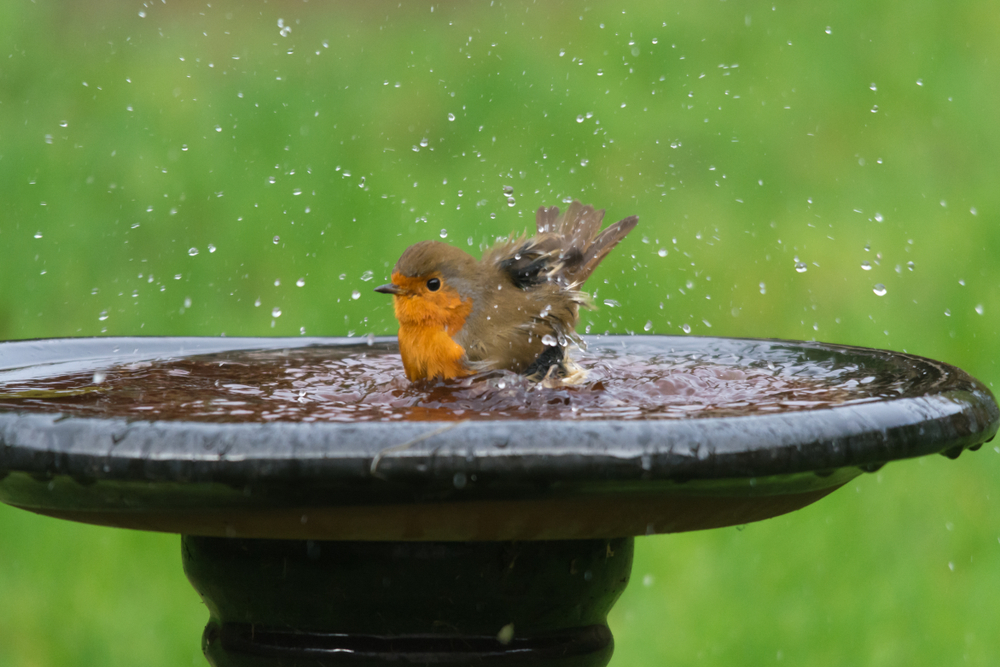
A wildlife-friendly garden is a vibrant, life-supporting space that invites nature's many forms. By creating habitats and providing food, you can turn your garden into a sanctuary for beneficial insects, birds, and other wildlife.
How to Attract Wildlife:
- Bird Baths and Water Features: Water attracts wildlife. A simple bird bath or a small pond can bring birds, insects, and even amphibians.
- Insect Hotels: These structures offer nesting sites for beneficial insects like bees and ladybirds. You can easily make one from recycled materials or purchase them ready-made.
- Native Flowering Plants: Choose plants that flower at different times of the year to provide a consistent food source for pollinators.
The Impact:
Creating a wildlife-friendly garden contributes to ecological health by supporting pollinators, controlling pests naturally, and increasing biodiversity.
3. Eco Garden Designs: Embrace Natural Beauty
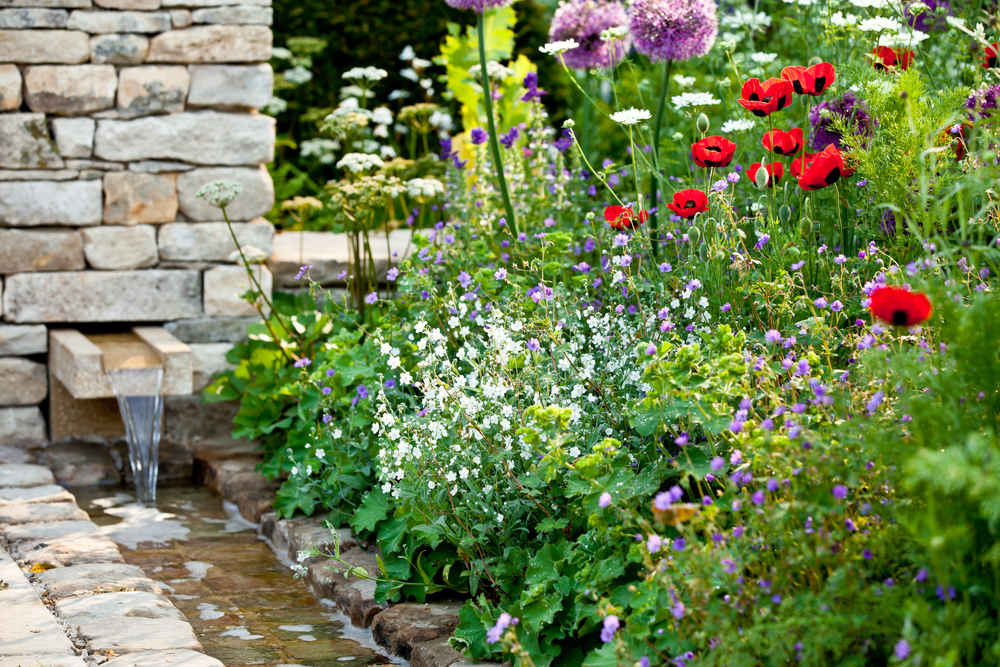
An eco garden design values the inherent beauty and disorder of nature over the manicured and controlled. This approach encourages a less intensive management style and allows plants to flourish naturally.
The Concept:
- Let plants self-seed and spread. This spontaneous growth can lead to beautiful and unexpected arrangements.
- Incorporate elements of wild garden designs, such as mixed borders with native shrubs, grasses, and perennials.
- Use natural materials like wood and stone for paths and borders, blending the garden into its surroundings.
Why It Works:
This approach creates diverse habitats for wildlife. It reduces the need for regular maintenance and allows gardeners to observe and interact with plants' natural lifecycles.
4. Sustainable Gardening Ideas: Composting and Mulching
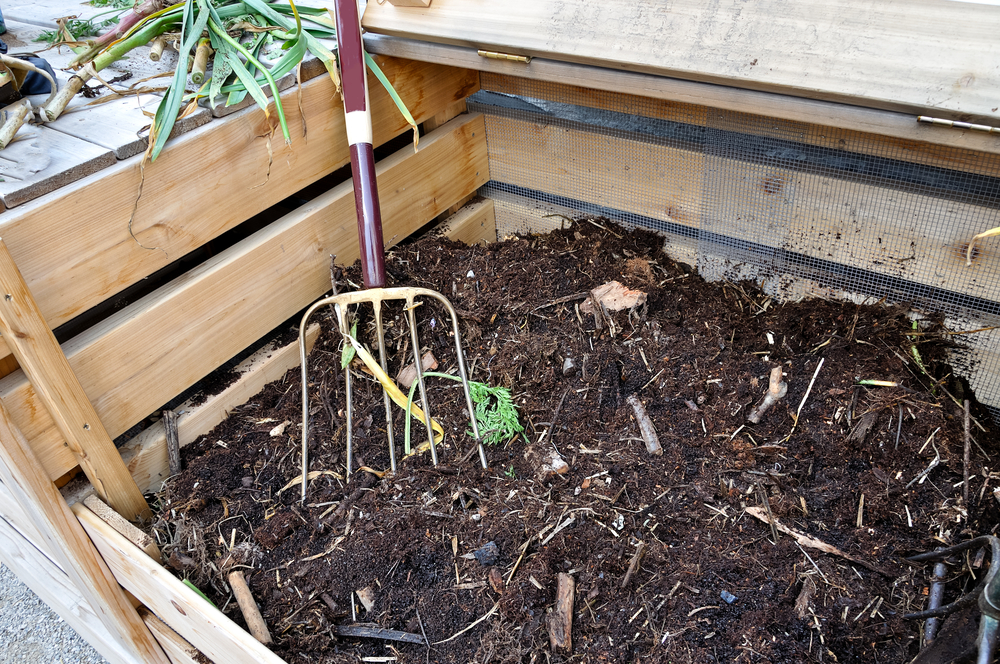
Composting and mulching are essential practices in sustainable gardening. They transform waste into resources and foster a healthy garden ecosystem.
Composting
Turning kitchen scraps and garden waste into compost is a simple yet effective way to enrich your soil. Compost adds essential nutrients, improves soil structure, and encourages beneficial microbial activity. Starting a compost bin is easy and can be adapted to fit any space.
Mulching
Mulch is a layer of material spread over the soil surface. Organic mulches, such as straw, leaves, or wood chips, suppress weeds and retain soil moisture. They also break down over time, improving soil fertility.
The Benefits:
- Reduces garden waste and minimises the need for chemical fertilisers.
- Conserves water by reducing evaporation from the soil’s surface.
- Supports a healthy soil ecosystem, which is the foundation of a thriving garden.
5. Water Wisely
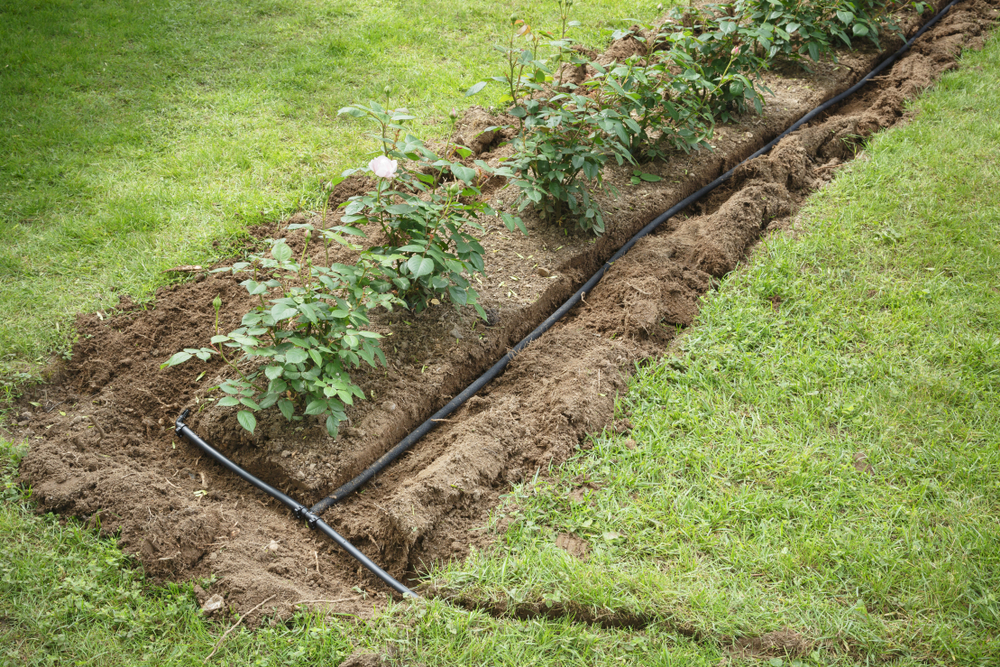
Water conservation is an important aspect of sustainable gardening. By implementing smart watering practices, you can significantly reduce water use and ensure plants receive the moisture they need without excess waste. Collecting rainwater in barrels is a simple and effective way to harness a natural resource for watering your garden. This also reduces your water bill.
Drip irrigation and soaker hoses are efficient watering systems that deliver water directly to the base of the plants, targeting the roots where it's most needed. This method minimises evaporation and runoff, ensuring that water is used effectively. Watering in the early morning or late evening also reduces evaporation and helps plants absorb more water.
6. Garden with Recycled Materials
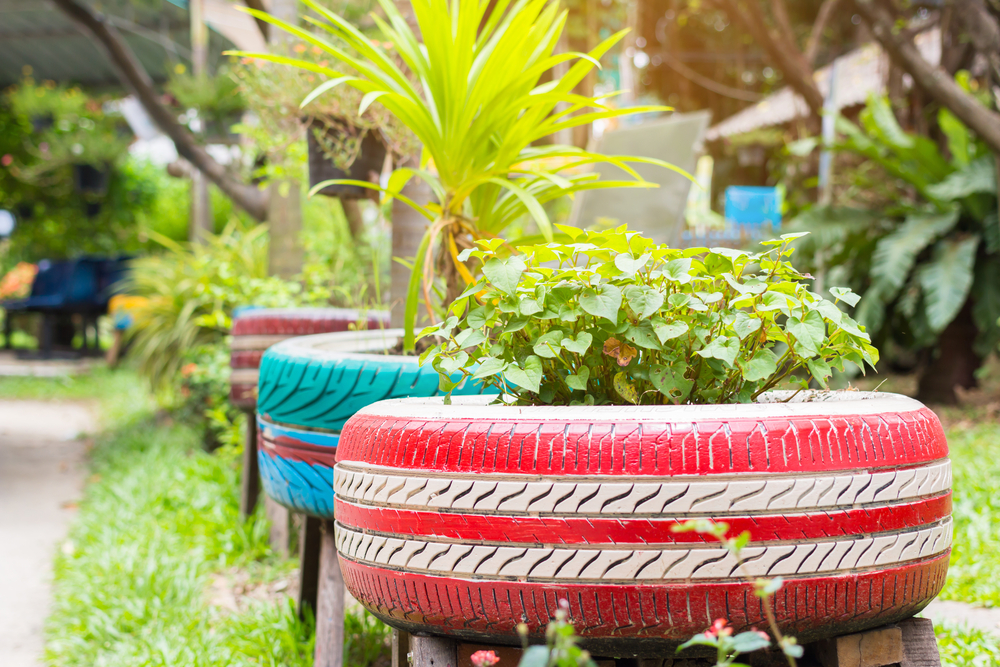
Using recycled materials in the garden is a fantastic way to minimise your environmental footprint while adding unique character to your outdoor space. Old containers, pallets, and repurposed items can find a second life as planters, garden art, or functional features like benches and trellises.
This approach reduces waste and encourages creativity and innovation in garden design. Plus, gardening with recycled materials can be a cost-effective way to enhance your garden without compromising style or functionality.
7. Grow Your Own Food Sustainably
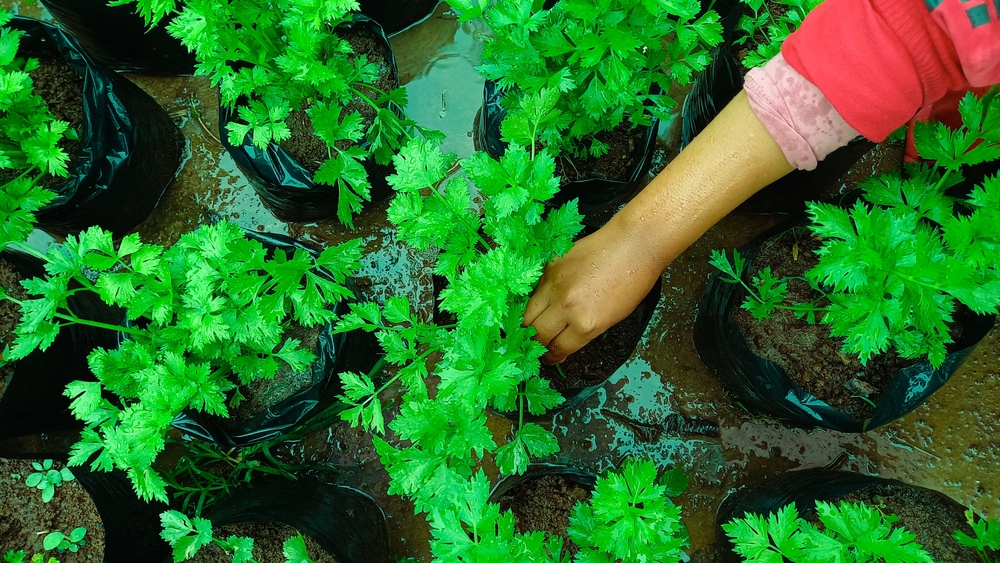
There's something incredibly rewarding about growing your own food. Not only does it provide you with fresh, tasty produce right from your backyard, but it also significantly reduces the carbon footprint associated with transporting food from far-flung places. Sustainable food gardening involves choosing plants that are well-suited to your climate and soil conditions, reducing the need for chemical inputs and excessive watering.
Selecting sustainable veggies and fruits—those that are easy to grow, have high yields and perhaps are heirloom varieties—can enhance biodiversity and resilience in your garden. Companion planting is another strategy that maximises space, improves pollination, and naturally controls pests by grouping compatible plants together.
Incorporating edible plants into your garden design can also add beauty and interest. Many herbs produce beautiful flowers and aromatic foliage, berry bushes can serve as attractive hedging, and climbing beans or peas can create living screens.
How to Make Your Garden More Environmentally Friendly
Making your garden eco-friendly is a continuous journey of learning and adaptation. Start by assessing your current practices and identifying areas for improvement. Whether it's reducing chemical use, conserving water, or creating habitats for wildlife, every small step contributes to a more sustainable and eco-friendly garden.
FAQs on Eco-Friendly Gardening
What is an eco garden?
An eco garden is designed with the environment in mind, focusing on sustainability, biodiversity, and natural gardening practices.
Which flowers are sustainable?
Native flowers, perennials, and those adapted to your local climate are considered sustainable as they require less water and care.
How Can I Reduce My Garden's Carbon Footprint?
Reducing your garden's carbon footprint involves several strategies, including using peat-free compost, minimising the use of power tools, and choosing plants that require less intensive care. Additionally, sourcing materials and plants locally can significantly reduce transportation emissions associated with your gardening activities.
What Are Some Eco-Friendly Alternatives to Chemical Pesticides?
Eco-friendly gardening promotes the use of natural pest control methods. These include encouraging beneficial insects, using barriers and traps, and applying homemade organic sprays. Companion planting can also naturally deter pests, with certain plant combinations proving less appealing to common garden pests.
Can I Have a Lawn and Still Be Eco-Friendly?
It's possible to maintain a lawn in an eco-friendly manner. Choose a mixture of grasses that are native to your area, as they will be more resilient and require less watering and maintenance. Mowing less frequently and at a higher blade setting can also promote a healthier lawn that supports biodiversity.
How do I make organic matter for my garden?
Composting kitchen scraps and garden waste is an excellent way to produce organic matter that enriches the soil.
How Do I Create an Eco-Friendly Garden on a Budget?
Creating an eco-friendly garden doesn't have to be expensive. Start with seeds or cuttings from friends and family, use recycled containers as planters, and make your own compost. Look for local plant swaps and sales, which are great for sourcing inexpensive, native plants that are well-suited to your local environment.
What Is the Best Way to Conserve Water in the Garden?
Water conservation techniques include collecting rainwater in rain barrels, choosing drought-resistant plants, and mulching to retain soil moisture. Additionally, watering plants in the early morning or late evening reduces evaporation, and soaker hoses or drip irrigation systems can deliver water directly to the roots where it's needed most.
How Can I Attract More Pollinators to My Garden?
To attract pollinators, plant a variety of flowering plants that bloom at different times throughout the year. This ensures a consistent food source for bees, butterflies, and other pollinators. Incorporate plants with different colours, shapes, and scents and provide water sources and shelter to create a welcoming environment for pollinators.
What Sustainable Practices Can I Apply to Container Gardening?
For eco-friendly container gardening, choose pots made from sustainable materials or repurpose containers you already have. Use peat-free compost and water-efficiently by adding water-retaining granules or mulch to the potting mix. Selecting plants suited to your climate and balcony or patio conditions can also reduce the need for extra watering and care.
How Can I Use My Garden to Support Local Wildlife?
Creating habitats for local wildlife involves providing food, water, and shelter. Native plants offer food and nesting materials, while bird baths, ponds, and log piles can provide water and shelter. Leaving some areas of your garden undisturbed, especially during winter, can also offer habitats for insects and small animals.
Recommended for you!
Best SellersJoin the Movement with Our Organic Gardening Diploma Course
If you're inspired to transform your garden into an eco-friendly oasis, our Organic Gardening Diploma Course is the perfect starting point. Tailored for enthusiasts of all levels, this course covers the essentials of sustainable gardening, from soil health and composting to organic pest control and harvesting.
Why Centre of Excellence?
- Accessibility: We're committed to making education accessible to all. Our course is affordably priced to ensure that everyone has the opportunity to learn sustainable gardening practices.
- Flexibility: Our courses are designed with your lifestyle in mind. Learn at your own pace and fit your gardening education into your daily life without hassle.
- Comprehensive Curriculum: From soil health and composting to organic pest control and crop rotation, our course covers a broad range of topics to equip you with the knowledge you need to create a thriving eco-garden.
- Supportive Learning Environment: Enrolment comes with personalised tutor support and access to a community of like-minded gardeners, providing a nurturing environment for your learning journey.
Special Offer
We are excited to offer our Organic Gardening Diploma Course at an exclusive price of £29, offering savings of over £100!


